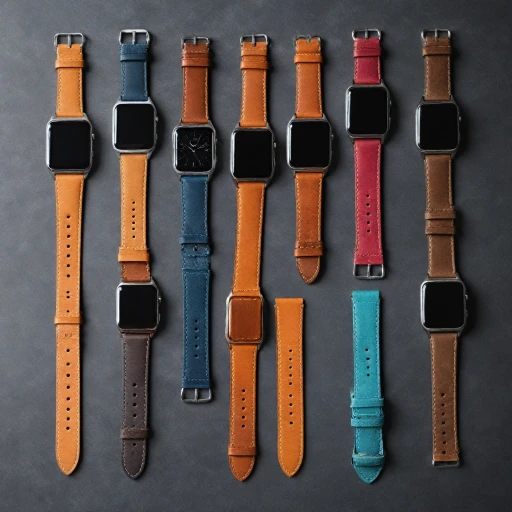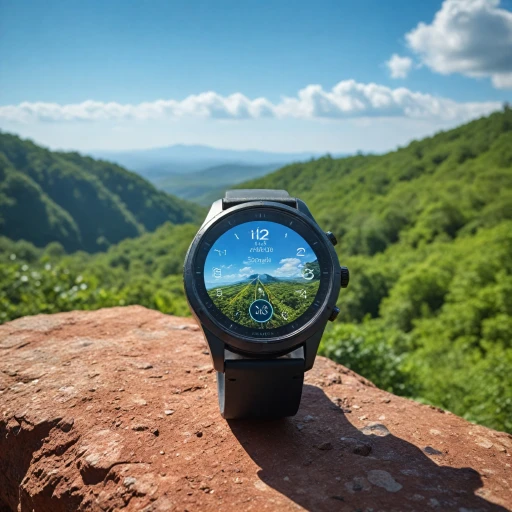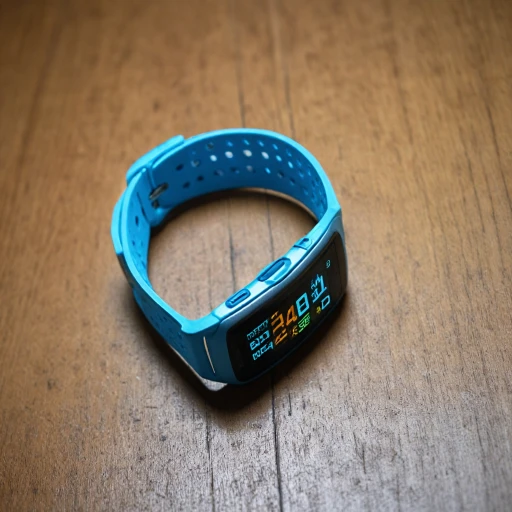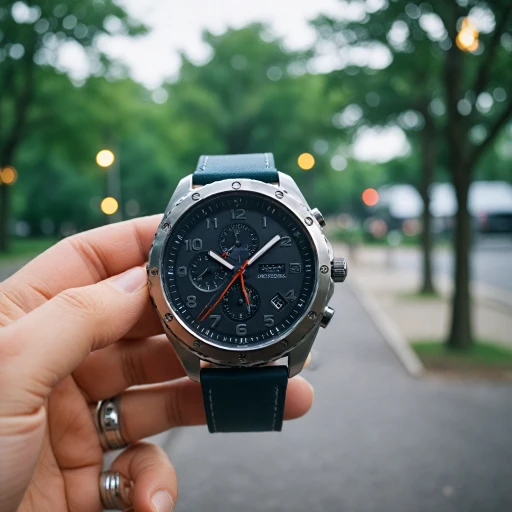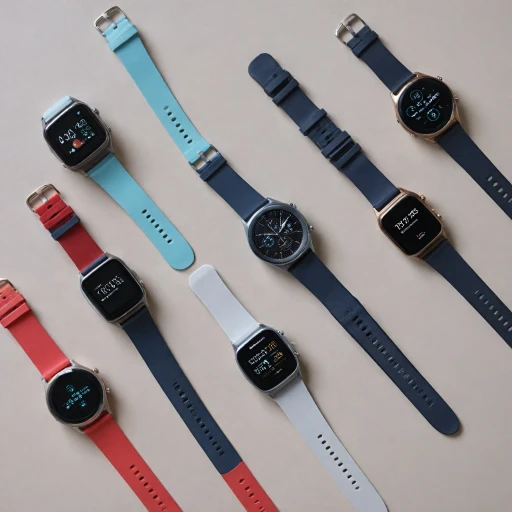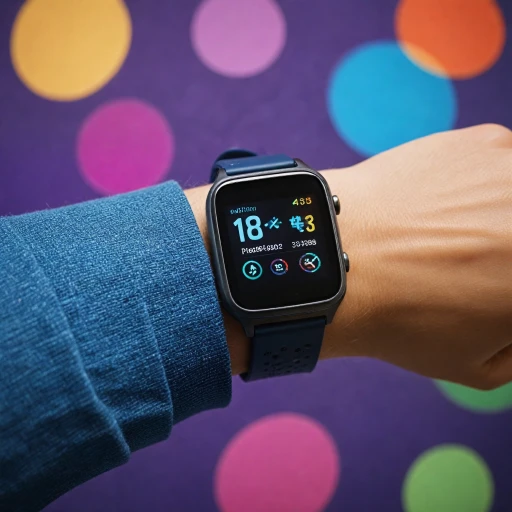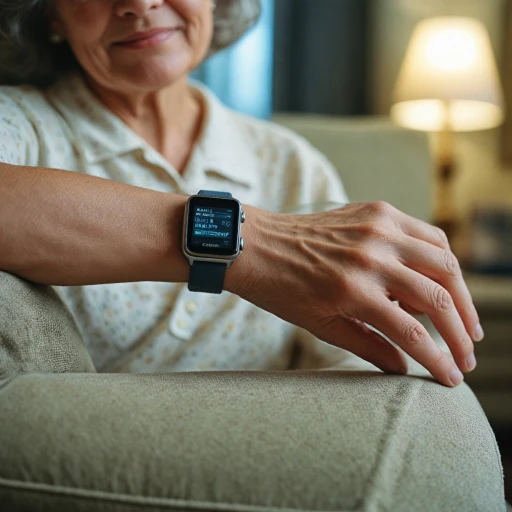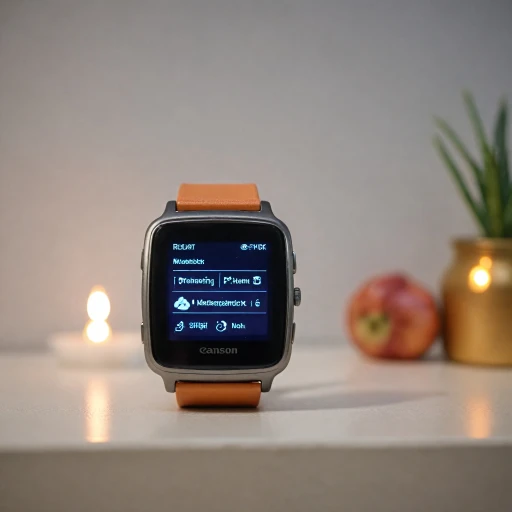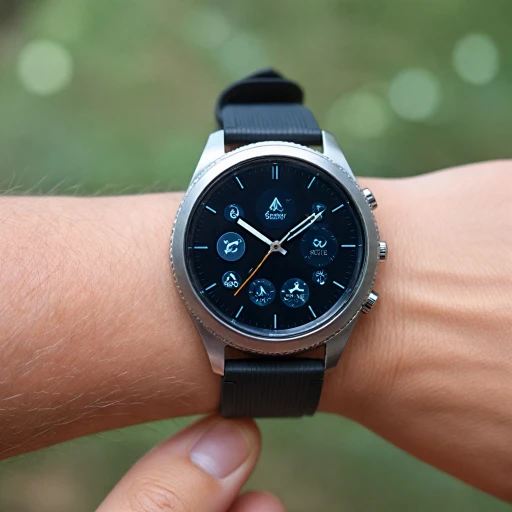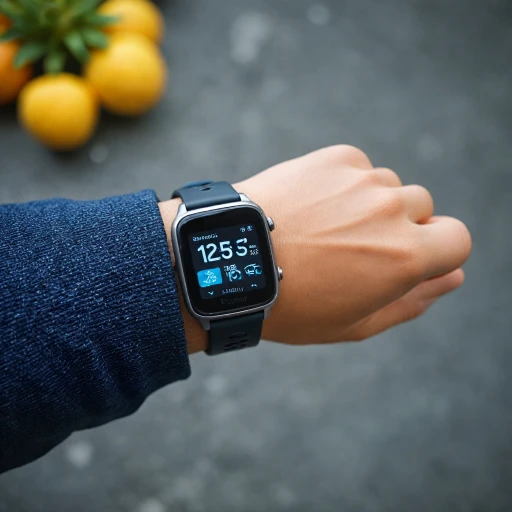Understanding Smartwatch Technology for Glucose Monitoring
Unveiling the Role of Smartwatches in Blood Glucose Monitoring
The advent of smartwatch technology has revolutionized how we approach health monitoring, particularly for individuals managing diabetes. These smart devices are not just limited to tracking steps or heart rate; they offer advanced capabilities like measuring blood glucose levels. The integration of continuous glucose monitoring (CGM) systems into smartwatches provides users with a comprehensive health monitoring system.
Continuous glucose monitors (CGMs), such as the Dexcom CGM, have become compatible with many smartwatch models, including the popular Apple Watch. They provide real-time monitoring, allowing individuals to track their glucose levels throughout the day without the need for frequent blood draws. This capability is a game-changer for managing diabetes, as it helps individuals maintain optimal blood sugar levels more effectively.
It's important to note that while smartwatches offer these features, they rely heavily on pairing with other diabetes devices and systems. For instance, the data collected by the smartwatch is often sourced from an implanted sensor that communicates with the watch to deliver real-time glucose data. These watches are part of a broader monitoring system, which includes both the physical device and accompanying software applications that help analyze glucose levels.
In addition to monitoring glucose, these devices can offer insights into other health metrics such as heart rate and blood pressure. The health implications are profound, especially considering the ease of tracking one's overall health metrics through a single device worn on the wrist. For more insights into wearable technology for health tracking, explore this guide on step-counting wristbands, which can complement your glucose monitoring routine.
As we continue to delve into the transformative role of smartwatch technology in diabetes management, it's clear that these devices offer significant benefits. They serve as an important tool for individuals seeking to maintain better control over their health while enjoying the convenience and technological sophistication of wearable gadgets.
Benefits of Using Smartwatches for Glucose Level Tracking
Advantages of Smartwatch-Based Glucose Monitoring
Smartwatches have become a crucial tool for those seeking to monitor their glucose levels effectively. These devices offer a range of benefits that can make managing blood sugar easier and more efficient. One key advantage is the real-time data collection and presentation, offering users an invaluable look at their glucose levels throughout the day. This constant flow of information allows individuals, especially those managing diabetes, to make timely decisions to avoid potential health issues related to blood sugar spikes or drops. Moreover, smartwatches with glucose monitoring systems like the Dexcom CGM are FDA-approved, which emphasizes their reliability and precision in tracking glucose levels. This can be particularly reassuring for users who want to ensure they are relying on accurate health data. An additional benefit is the integration with health platforms, such as those on a smart watch that connects with various health applications. These can store historical data, which is useful for both personal monitoring and consultation with healthcare professionals. This feature aids in a comprehensive analysis of trends over time, helping in long-term health planning. Smartwatches go beyond simply monitoring glucose levels. They often include functionality for tracking other vital metrics, such as heart rate and blood pressure, offering a holistic health monitoring experience. This comprehensive insight is beneficial for overall health management and can be particularly useful for those with type 1 or type 2 diabetes. Furthermore, the convenience of wearable technology means that individuals can monitor their glucose discreetly and comfortably, without the need for more invasive methods. This ease of use encourages regular monitoring, which is essential for maintaining good health. Lastly, compatibility with various devices ensures that individuals have the flexibility to choose systems that best meet their personal preferences and healthcare needs. This makes it easier to integrate glucose monitoring with one's existing technologies, like fitness trackers, to create a seamless health monitoring experience. In conclusion, smartwatches provide numerous benefits for glucose monitoring, offering real-time insights, reliability, and convenience, all of which are critical for effectively managing and improving health.Popular Smartwatches with Glucose Monitoring Features
Top Smartwatches with Integrated Glucose Monitoring Features
Smartwatches have rapidly evolved from basic timekeeping devices to sophisticated health monitors. When discussing glucose monitoring capabilities, several brands stand out. Here, we'll explore some of the most popular smartwatches currently excelling in glucose level tracking.
Compatibility and Integration with CGM Devices
One of the paramount aspects to consider is the integration of Continuous Glucose Monitoring (CGM) systems. Certain smartwatches are designed to pair with devices like the Dexcom CGM. These smartwatches provide real-time glucose data, offering insights into blood sugar levels without the need for frequent finger pricks. This can be particularly beneficial for those managing diabetes.
Leading Smartwatches for Glucose Monitoring
- Apple Watch: Known for its vast array of health applications, the Apple Watch is a favorite among health enthusiasts, especially with its ability to sync with glucose monitoring systems. It offers both a blood glucose monitor and applications to help manage blood pressure and heart rate.
- Fitbit and Other Fitness Trackers: While traditionally focusing on fitness metrics like step counting and heart rate, certain models are now embracing health monitoring systems, including glucose level tracking. Their compatibility with glucometers and other health data inputs make them versatile devices.
- Wear OS Devices: Devices running on Wear OS also integrate with health monitoring applications, including those used for glucose measurement and data analysis. They offer a user-friendly interface for tracking and analyzing glucose data seamlessly.
FDA and Health Canada Approvals
When selecting a smartwatch for glucose monitoring, consider those that have approvals from recognized health authorities like the FDA or Health Canada. This ensures that the device has undergone rigorous testing and conforms to safety and efficacy standards.
For many, choosing the right smartwatch entails balancing functionality with personal health goals. With ongoing advancements in wearable tech, the gap between smartwatches and health devices continues to narrow, making it easier for users to monitor critical health metrics such as blood glucose levels effortlessly.
Challenges and Limitations of Smartwatch Glucose Monitoring
Limitations of Current Glucose Monitoring Through Smartwatches
While smartwatches have ushered in a new era of health tracking capabilities, including the monitoring of glucose levels, certain challenges accompany their usage, particularly in the context of devices like the Apple Watch and others integrated with continuous glucose monitoring (CGM) systems like the Dexcom CGM.
Currently, the predominant method for blood glucose monitoring involves standalone CGM devices that collaborate with compatible smartwatches to deliver real-time sugar data. Despite this integration, some issues still persist:
- Regulatory Approvals: One major hurdle is the regulatory aspect. For example, certain functionalities of smartwatches in the glucose monitoring space may need approval from bodies like the FDA or Health Canada, which can be a lengthy process. This can delay the introduction of innovative features that could significantly enhance user experience.
- Accuracy and Reliability: The accuracy of glucose monitoring remains a critical concern. While standalone CGMs are highly reliable, their integration with smartwatches sometimes results in data discrepancies. This can be problematic for individuals managing conditions like type 1 and type 2 diabetes, where precise blood sugar measurement is crucial for effective management.
- Interference and Calibration: Non-invasive glucose monitors embedded in smartwatches are still under development and face challenges such as interference from external factors and the need for frequent calibration to ensure accurate results over time.
- Battery Life and Power Consumption: Continuous glucose monitoring demands substantial power, which can significantly impact the battery life of a smartwatch. This is particularly challenging for devices that also perform multiple health tracking activities like heart rate and blood pressure monitoring.
Despite these barriers, the rise of smart technology continues to drive improvements, and ongoing advancements are likely to address these challenges, enhancing the usability and efficiency of smart health monitoring systems in a smartwatch ecosystem.
Tips for Choosing the Right Smartwatch for Glucose Monitoring
Finding the Perfect Match for Your Health Needs
When selecting a smartwatch to monitor glucose levels, it’s important to consider several factors to ensure it meets your health and lifestyle needs effectively. For individuals with diabetes, accurately measuring blood glucose is crucial for managing their condition. Here’s a guide to help you choose the right device:
- Compatibility: Ensure the smartwatch is compatible with Continuous Glucose Monitoring (CGM) systems, such as the Dexcom CGM. Check if it supports real-time glucose data and integrates seamlessly with your smartphone or other devices.
- FDA Approval: Choose smartwatches and devices that are FDA-approved for glucose monitoring. This guarantees compliance with health standards and supports reliable health tracking.
- Data Accessibility: Consider a smartwatch that provides access to comprehensive glucose data, including sugar levels, trends, and alerts. This is essential for users who need to actively manage their blood sugar.
- Additional Health Monitoring: Look for smartwatches that offer other health features, such as fitness tracking, heart rate, and blood pressure monitoring, to support overall well-being.
- Battery Life: Long battery life is an important factor especially for continuous glucose monitoring. Check reviews and specifications to ensure the smartwatch meets your needs.
- Design and Comfort: Since you’ll be wearing the smart watch day and night, pick one that fits comfortably and suits your personal style.
Using a smartwatch to track blood glucose levels can significantly enhance diabetes management. Evaluate your options thoroughly to find a reliable and user-friendly device that supports your health goals.
Future Trends in Smartwatch Glucose Monitoring Technology
Innovative Progressions in Glucose Monitoring Technology
The world of smartwatch glucose monitoring is rapidly evolving, driven by continuous advancements in technology that are shaping the future of health monitoring devices. Among these innovations are new sensors and wearables that aim to improve the accuracy and convenience of monitoring blood glucose levels.
One exciting trend is the integration of more sophisticated continuous glucose monitoring (CGM) systems into smartwatches. Devices like the Dexcom CGM are pioneering non-invasive glucose measurement techniques, allowing users to keep track of their sugar levels without the need for frequent finger pricks. These systems provide real-time data, empowering people with diabetes to make informed health decisions quickly.
Alongside advancements in sensors, smart watches are becoming more compatible with health management apps and devices, expanding their functionality beyond basic fitness tracking. Apple, a key player in this domain, continues to improve the capabilities of the Apple Watch, ensuring it offers thorough health monitoring features, including heart rate and blood pressure indicators.
Regulatory bodies like FDA and Health Canada play a crucial role in overseeing these developments, ensuring that new watches meet safety and efficacy standards. As the demand for diabetes management solutions grows, partnerships between tech companies and health organizations aim to enhance the capabilities of these smart health devices even further.
Looking ahead, the industry might see innovations such as smart rings and other wearable technologies that can provide continuous glucose monitoring in a discreet and highly effective manner. These advancements promise to transform how we measure blood glucose levels, potentially offering more freedom and flexibility to those managing type diabetes.

